Bone is made up of two different types of bone: cortical and trabecular. Trabecular bone, also called cancellous bone, makes up about 20% of the skeleton. Trabecular bone is found predominantly in the spine and at the ends of the long bones. Rods and Plates Trabecular bone is a network of connecting plates and rods… Read more
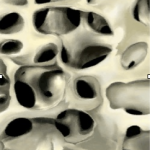
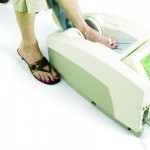
Ultrasound
Ultrasound is used to estimate bone density and fracture risk. In the US, only units that measure at the heel are approved for use. These devices assess the speed of sound and do not use any radiation. You may see these machines used at health fairs, health food stores, drugstores, or in your doctors’ offices… Read more
Ultraviolet radiation
Sunshine is the main source for vitamin D. Sun’s rays produces three types of ultraviolet (UV) radiation: UVA, UVB, and UVC. Both UVA and UVB reach the Earth’s surface. Short exposure to UVB starts the cascade of events that produces vitamin D. However, too much exposure to UVB and UVA may lead to skin cancers… Read more
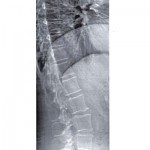
Vertebral Fracture Assessment (VFA)
Vertebral Fracture Assessment is an evaluation of your entire spine done on the same machine as your DXA. The DXA test scans your lower spine. The VFA scans your lower and upper spine. The purpose is to look for fractures of the spine, since the majority of spine fractures do not cause any pain. If… Read more
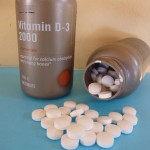
Vitamin D
Your body produces active vitamin D3 through a series of orchestrated steps. The natural source of vitamin D3 is the exposure of the skin to UVB radiation from the sun causing conversion of 7-dehydrocholesterol to previtamin D3 in the skin. Other sources of vitamin D include your diet or supplements. After vitamin D3 is… Read more

Vitamin K
Vitamin K is essential in bone metabolism. One role is modifying vitamin K bone-specific proteins, including osteocalcin, that are critical to bone formation. Whether larger amounts of vitamin K than present in a typical diet are needed is uncertain. Contradictory Research Findings There is conflicting evidence on whether dietary or supplementary vitamin K has any… Read more
Weight
Weight is a major risk factor for osteoporosis. Too little or too much weight increases your risk of breaking a bone. Maintaining a healthy weight promotes bone health. Underweight Individuals who weight less than 120 pounds are at higher risk for fractures. Smaller, petite individuals usually have smaller bone size. Force of impact from a… Read more
World Health Organization – WHO Criteria for Diagnosis of Osteoporosis
Under the auspices of the World Health Organization (WHO), a panel of experts has periodically met on the topic of assessment of fracture risk and osteoporosis. WHO-1 The World Health Organization first convened a group of experts in 1994 to assess fracture risk and its application to screening for postmenopausal osteoporosis. The scientific group defined… Read more
X-rays
X-rays are unable to quantitate bone mineral density. It takes about 30% bone loss before a standard x-ray is able to detect low bone density. Therefore, x-rays are not used to assess bone density and risk of fracture. However, x-rays are used to diagnose broken bones. When a fracture is suspected but not obvious such… Read more
Yoga
Yoga promotes physical, mental, and emotional well-being. Although regular daily practice of yoga has not been systematically studied in persons with osteoporosis, you may safely participate with some modifications. Anyone may benefit from the practice of yoga whether you are in great physical health or have physical limitations. The benefits of yoga can include better… Read more
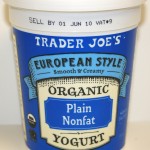
Yogurt
Yogurt is a milk product that is an excellent source of calcium. Even if you are lactose intolerant, yogurt may be a choice for a calcium-rich food. Yogurt contains active and live cultures of bacteria that aid in the digestion of lactose. How Much Calcium is in Yogurt? The amount of calcium in yogurt is… Read more
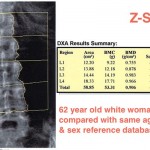
Z-score
Z-score is a standardized number that you may see on your bone density scan results or reports. Your bone mineral density (BMD) at each skeletal site of measurement is compared to a reference database of same age, race/ethnicity, and sex. The use of this calculated score depends on your age and menopausal status. Z-score Used… Read more
Zoledronic acid
Zoledronic acid is the generic name for an osteoporosis medicine with the brand name Reclast®, a product of Novartis. No generic version of Reclast is available since the patent for Reclast is still in effect until 2013; however, other circumstances, such as lawsuits, could delay this. Refer to Reclast entry for information about this medicine.… Read more
